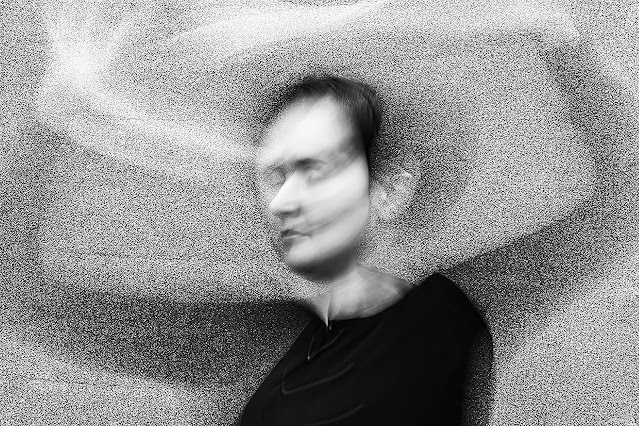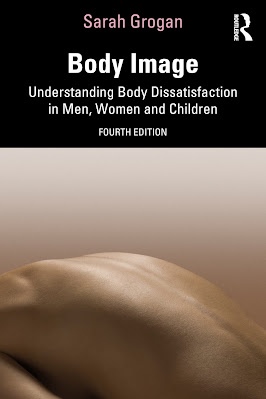Embodying trauma and troubling appearances within photography for the ‘Your Body Belongs to You’ exhibition

'Flow' - Copyright Dee Lister I currently have the self-portraits shared in this blog (proudly) showing in an exhibition called ‘Your Body Belongs to You’, which was co-curated by Karen Harvey and Marisol Mendez . I want to contextualise why contributing to this art exhibition is so meaningful for me before explaining my intentions with the images. This is in addition to the great privilege of standing alongside nearly one hundred talented women and non-binary photographers whose two hundred images collectively feature. If you’re itching to see the exhibition click here to view this online via the Shutter Hub’s website . I remember years ago someone I vaguely trusted said to me in a judgmental tone, “Dee, you need to stop getting so stressed”. They rattled on about how I should live my life, which was of course in line with their ways of being. I struggled (and still struggle) to find my voice and so forgive my transgression in not calling them out. I was carrying...
.jpg)




